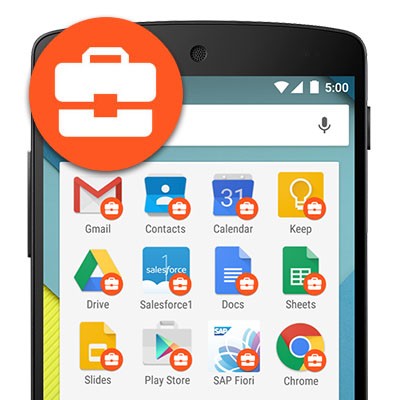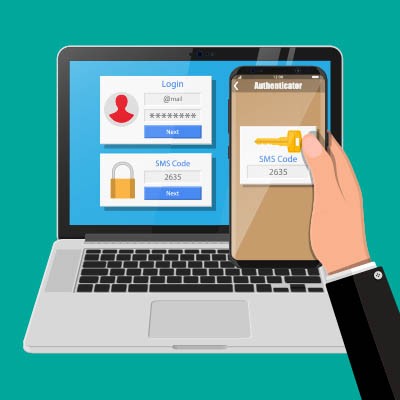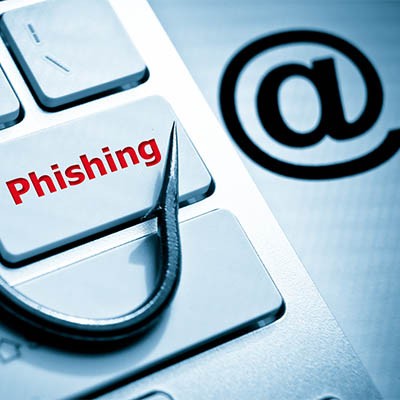Home
About Us
IT Services
Understanding IT
- Understanding General Data Protection Regulation Compliance
- Understanding Automation
- Understanding Ransomware
- Understanding Shadow IT
- Understanding Your Virtual Identity
- Understanding the Modern Office
- IT Threat Glossary
- Understanding Business Continuity
- Windows Server 2003: End of Life
- Understanding the Internet of Things
- Understanding Network Security
- Understanding SOX
- Understanding BYOD
- Understanding PCI DSS
- Windows XP End of Life
- Understanding HIPAA
- Cloud Computing
News
Blog
Support
Contact Us
(713) 979-2090
- Register
- Login
Zinc Blog
Whether you’re referring to ransomware, phishing, data theft, spoofing, any of the many forms of cybercrime, it is something that all businesses need to prepare themselves for. While different business sizes will have differing scales to contend with, these kinds of preparations will involve the same basic principles. To help you best defend your company against cybercrime, here are a few tips based on those principles.
These days, we use a lot of cloud platforms. They can enhance productivity through improving access, and they allow a business to do more with their capital. For this week’s tip, we thought we’d look at two ways the cloud can help your business excel with its newly-remote workforce.
It only makes sense that a managed service provider would have a blog post discussing virus removal from a workstation, but today, we wanted to talk about a different virus, one that your antivirus software won’t affect in the slightest: SARS-CoV-2, or as it is better known now, COVID-19.
According to the latest edition of Microsoft’s regular Security Intelligence Report, phishing attacks are the most prevalent cyberthreat. Considering what is currently going on in the world, this is almost assuredly still the case, which means that businesses and individuals alike need to be more aware of how to spot these attempts. To help, we’ve put together a few tips.
Many people know about Microsoft Word. In fact, it has become effectively synonymous with word processing nowadays. However, fewer likely know about the templates that Microsoft Word offers, and how they can be customized to your particular needs and preferences. This week, our tip is committed to fixing that.
Today’s businesses are looking to build the most efficient processes they can. In order for that to happen, the people that your business depends on will need to know what is expected of them. The only way they will be able to produce the desired results is if they are properly trained. This week, we’ll be going over a few training approaches for you to consider adopting as you look to thoroughly educate your employees.
Productivity: for many, it is the ultimate goal in the workplace – to not only do a task well in a set time, but to do multiple tasks equally well in the same timeframe. As this is such a popular goal, many experts and consultants have devised strategies meant to boost an employee’s productivity. For this week’s tip, we’ll review a few of these strategies so you can give them a try.
Technology has become an indelible part of business, being used in companies large and small. Small companies need to consider it even more, as the leveling of the playing field technology has wrought has increased their competition considerably. Therefore, every business needs to take advantage of technology to the fullest. Here are a few tips to help you do so.
Wi-Fi is a crucial component within most workplaces, primarily due to its convenience. However, it is just as crucial that these workplaces aren’t sacrificing their security for the sake of this convenience. That’s why we wanted to share a few tips to help you keep your use of Wi-Fi as secure as possible.
First introduced in 1994 as only the second piece of hardware produced by Microsoft, a new keyboard that came with Windows 95 was where the Windows key first debuted. Now, the Windows key (also known as the “Win Key”) is an extremely useful tool for the user who is aware of its capabilities.
When you consider all that the typical workstation has to endure (potentially grubby hands poking at it all day, crumbs, sneezes, you get the idea), there is little wonder that our devices can get so dirty. Here, we’ll be discussing how to properly clean your device.
With Bring Your Own Device solutions becoming more popular, you want to be completely sure that your data is safe while also ensuring that you aren’t interfering with your employees’ personal use of their devices. This week, our tip will cover how you can do so with the help of Android’s work profiles feature.
Let’s say you have an Android device and you want to port your applications and data to a new Android device. For this week’s tip, we will take you through the process of migrating your data from one Android device to another.
One of the earliest memories I can remember is being relentlessly reminded “organization is the key to success”. While it might have been a comedic expression to say while cleaning up the house, becoming a business owner has undoubtedly caused organization to become more of a strategy rather than an obsession.
Your business email is a very useful tool, if used properly. Unfortunately, there are plenty of ways that your email can also serve as a major time sink. For this week’s tip, we wanted to explore a few ways to help keep email useful, rather than distracting and stressful.
To keep your business’ network and infrastructure secure, you need to adhere to solid password practices. That includes not using the same password across different sites, using password managers when possible, and choosing passwords that are unique, but memorable. One of the most useful technologies used to secure accounts is two-factor authentication (2FA). Let’s take a look at how to incorporate 2FA into your security strategy.
Email is almost certainly the most well-known solution that your business uses, so most users probably feel as though they have a pretty good handle on it. However, many of them are probably making things more difficult for themselves - and taking more time than they need to on it. This week, we’ll go over some easy tips to make your use of email more efficient.
Phishing has been gaining notoriety in cybersecurity circles, as it has been used quite successfully in a variety of business infiltrations and data breaches. Many of the more well-known cyberattacks of the last few years were enabled by phishing. In order to protect your business’ interests, you and your team need to be able to identify these social engineering attempts. We’ll go over a few ways to do so for this week’s tip.
How many times a day do you search for something on Google? Your answer likely contributes to the fact that Google Search is the most visited website on the internet. In fact, it is so popular that the company’s name is now a verb. Google it!




















